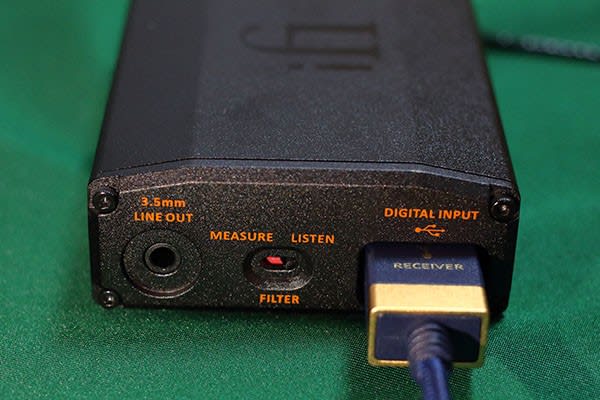
The nano iDSD BL will output 20mW at 600 Ohms, 285mW at 30 and 200mW at 15. As much I enjoyed listening with the bigger, more expensive headphones, I felt the Koss provided a more realistic scenario for my testing purposes.

Same results, no better no worse in comparison, especially out and about.īesides my travel Koss Port-a-Pro headphones, I tested with pairs of Audioquest Nighthawk and Meze Classic/Neo headphones. I proceeded to connect my Samsung Android phone and eventually my Apple iPhone 6+ with Apple’s proprietary and more expensive cable. In the scenarios in which tested the unit on the go, the generic cable performed admirably.

The cables are easily available online and come at no great cost. All of these players were connected via a generic OTG (On The Go) to Micro USB cable. The latter is designed to reduce background noise, improve dynamic range and improve the control of volume on sensitive headphones.ĭid I mention that it built like a brick outhouse and over the last week the unit, I am here to testify I hit it hard, slammed it into my satchel on the bus, on the train, in the underground, in the wet, in the cold, in the snow, ( as much as that ’ s possible in London) and it took the abuse without complaint or missing a beat.įor the review period I had at my disposal a choice of six DAPs which I dutifully connected and disconnected from the iFi nano iDSD Black Label.

On the front you get a direct output and a iEMatch output. The large front mounted analogue pot felt solid accurate. The nano iDSD Black Label lets you choose between the ‘Listen’ (Minimum Phase Bezier Filter) and ‘Measure’ (Linear Phase Transient Aligned Filter) options and is switchable from the rear of the unit.


 0 kommentar(er)
0 kommentar(er)
